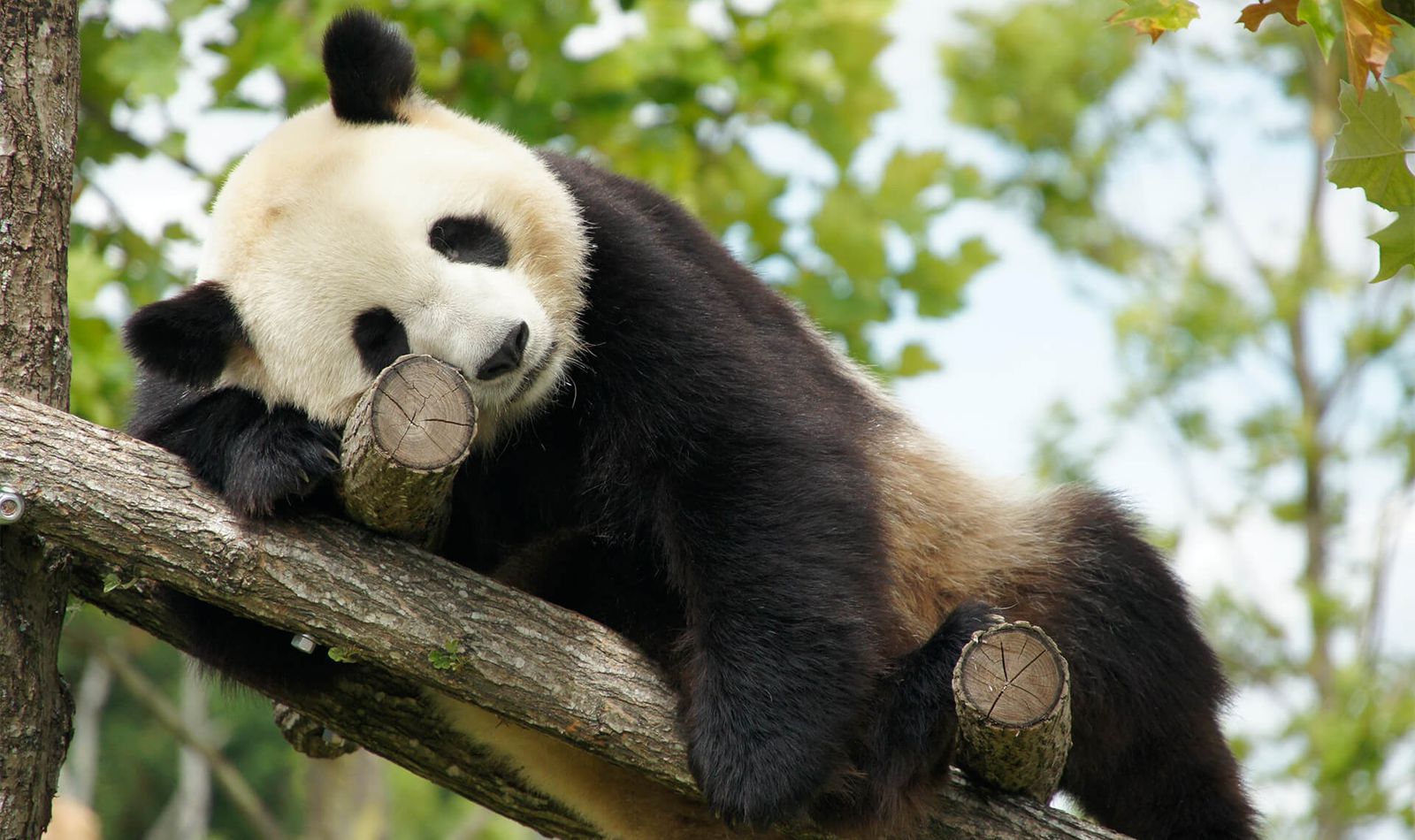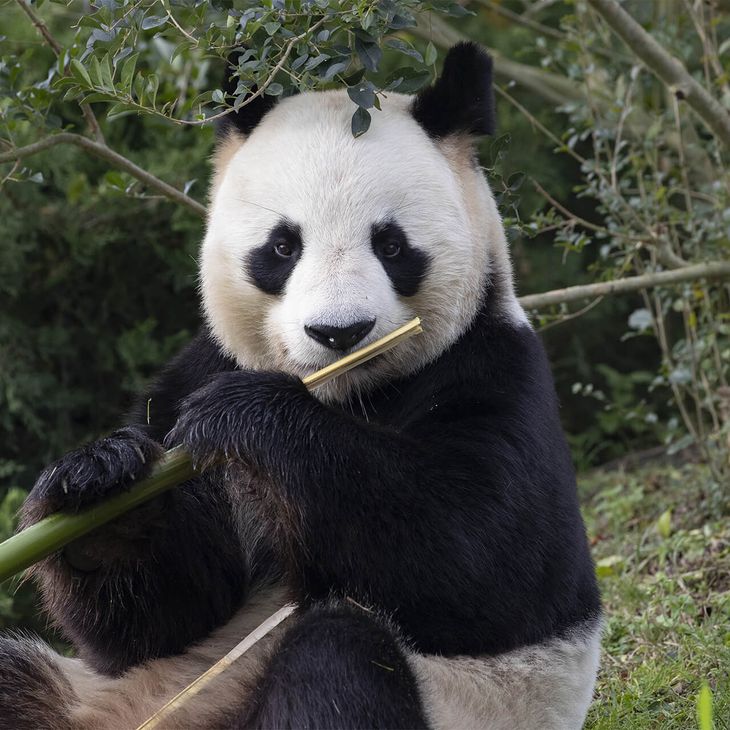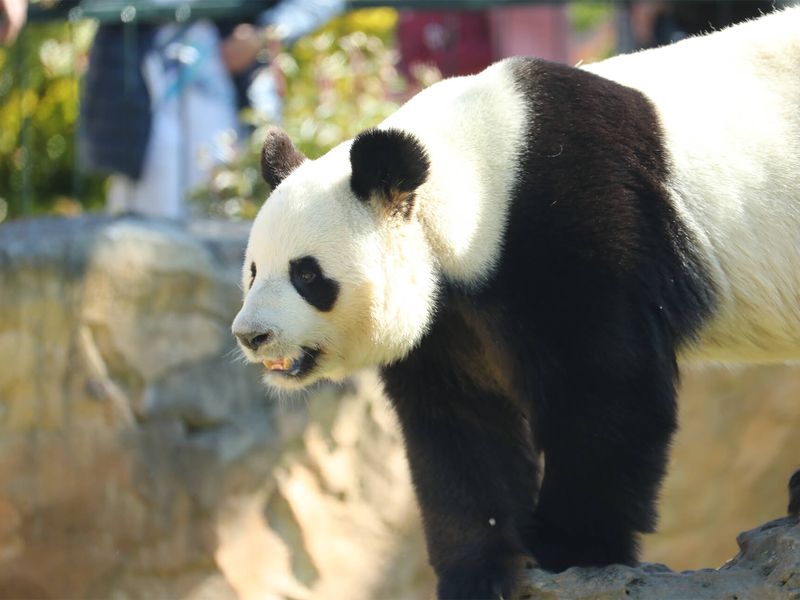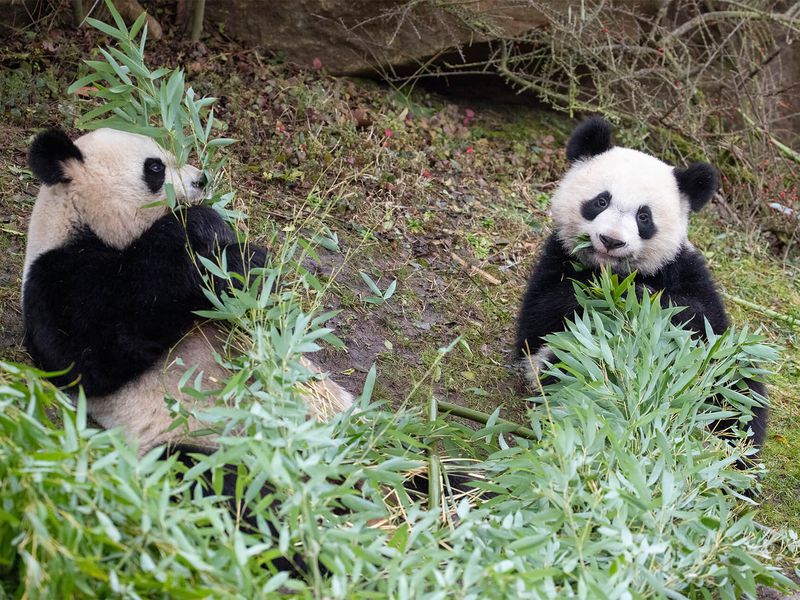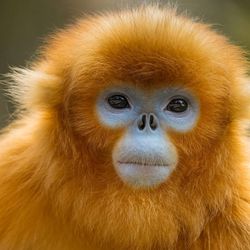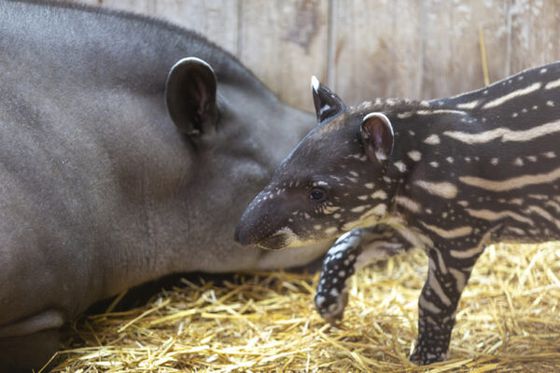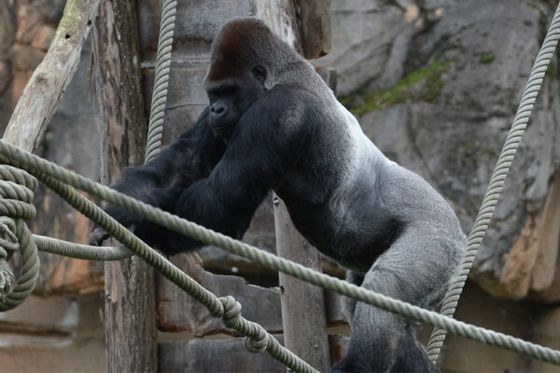Did you know?
Double Birthday Celebration!
A rainy but very happy birthday!
Personalized ice cakes, frozen treats, and even a big box like a birthday present to unwrap… The enrichment prepared by the keepers for the twin panda sisters’ second birthday was especially enjoyed by Yuandudu and Huanlili. Their mother also joined in the celebration with great enthusiasm!
Yuan Meng: Scheduled departure for China…
It’s official, Yuan Meng is going to China, heading to the Chengdu breeding base to ensure his own descendants. At almost 6 years old, the young panda, the first baby born in France in August 2017, will therefore leave the territory of the Heights of China at the beginning of July. The announcement of his departure aroused great emotion because he has amazed visitors and Beauval teams since his birth. But it’s a half-surprise because it was always planned that he would leave one day… It’s now confirmed, all that remains is to prepare a very nice “goodbye” for him within the ZooParc, worthy of his rank, of the first little giant panda born on French soil… Good luck Yuan Meng!
« It is the ultimate “flagship” species. »
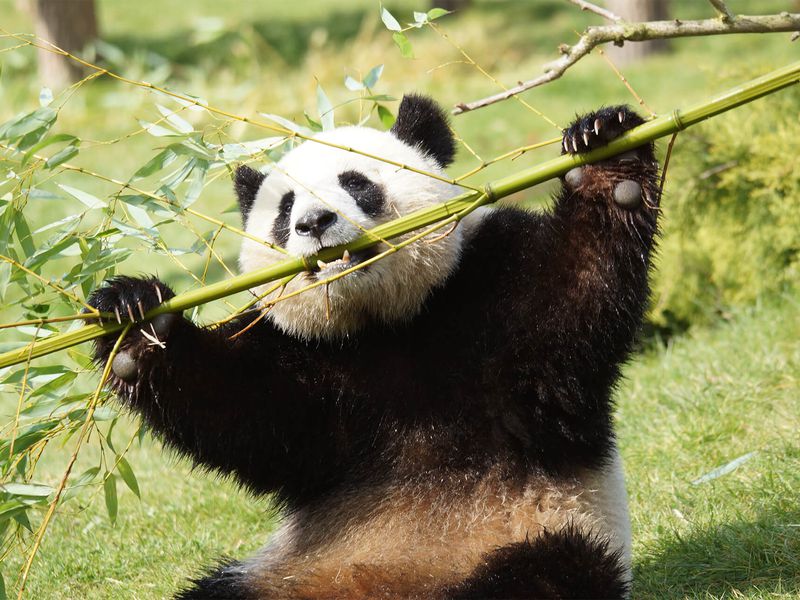
An unusual food adaptation
A vegetarian carnivore!
The giant panda lives in the mountainous regions of China, at altitudes of 1,500 to 3,400 metres above sea level. Although it is classified as a carnivore, it almost exclusively eats bamboo shoots. Its digestive system, however, is still that of a carnivore; it therefore has a limited ability to digest the cellulose in bamboo, which happens to also be very poor in energy. To compensate for this low energy intake, the giant panda eats up to 20 kg of bamboo each day and spends almost 14 hours a day feeding. The rest of the time, it conserves its energy by sleeping for 10 to 20 hours a day!
Beauval Nature finances giant panda reproduction in China
The giant panda is classified as a vulnerable species for two main reasons: “the fragmentation of its habitat” and “its complicated reproduction”, with the female only being in heat for 3 days each year.
The arrival of the pandas at the ZooParc de Beauval in 2012 marked the start of Beauval Nature’s involvement in the conservation of this species. In 2016, Beauval Nature made a commitment to the Chengdu giant panda reproduction base to help finance the reintroduction of pandas in China. Beauval Nature thus purchased 3 GPS collars needed to monitor the animals.

A look back at the arrival of Huan Huan and Yuan Zi, the stars of Beauval
Since 2012, when Huan Huan and Yuan Zi were first welcomed to Beauval, the appeal of these plantigrades has never waned. They have quickly become the stars of the ZooParc, melting our visitors’ hearts with their agility, appetite, and love of playing and lazing about.
The popularity of the pandas only increased with the birth of little Yuan Meng in August 2017, which was celebrated worldwide. Let’s hope that 2021 will also be marked by the arrival of a new baby or twins, symbolising the daily work carried out by the ZooParc de Beauval towards the conservation and survival of certain species. On August 2, 2021, Huan Huan gave birth to twin girls! An extraordinary recognition of the daily work of the ZooParc de Beauval teams.


Sponsor our giant pandas
Establish a strong bond with your favourite animal whilst supporting conservation programmes through the Beauval Nature association!
Vulnerable
Learn more about the species
-
OmnivoreDiet
-
3½ to 6 monthsGestation period
-
1 to 3 youngLitter size
-
Upland forestsHabitat
An emblem for the protection of species
Tricky reproduction
A remarkable opposable thumb

Take full advantage of the experience thanks to our mobile application!
Find out more
